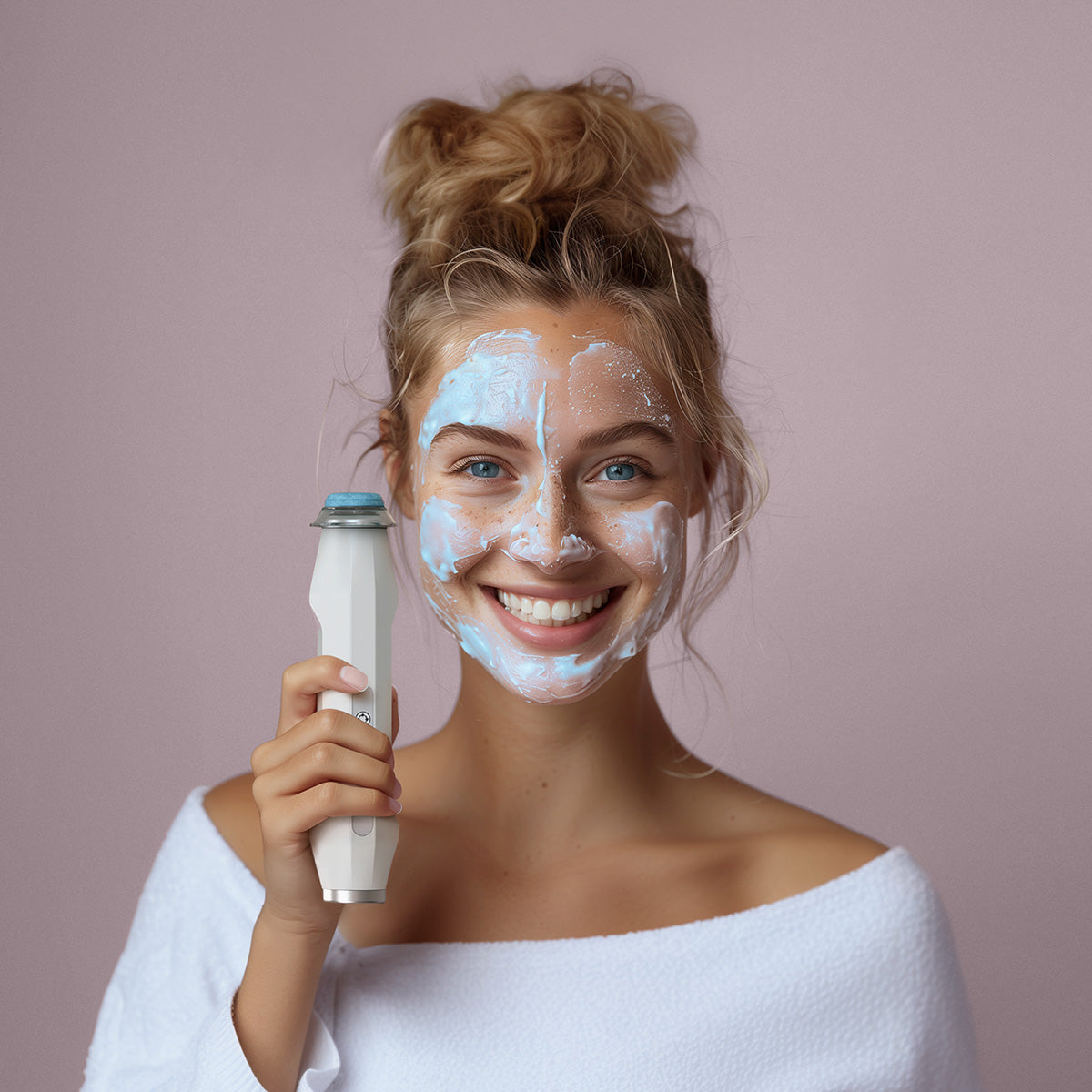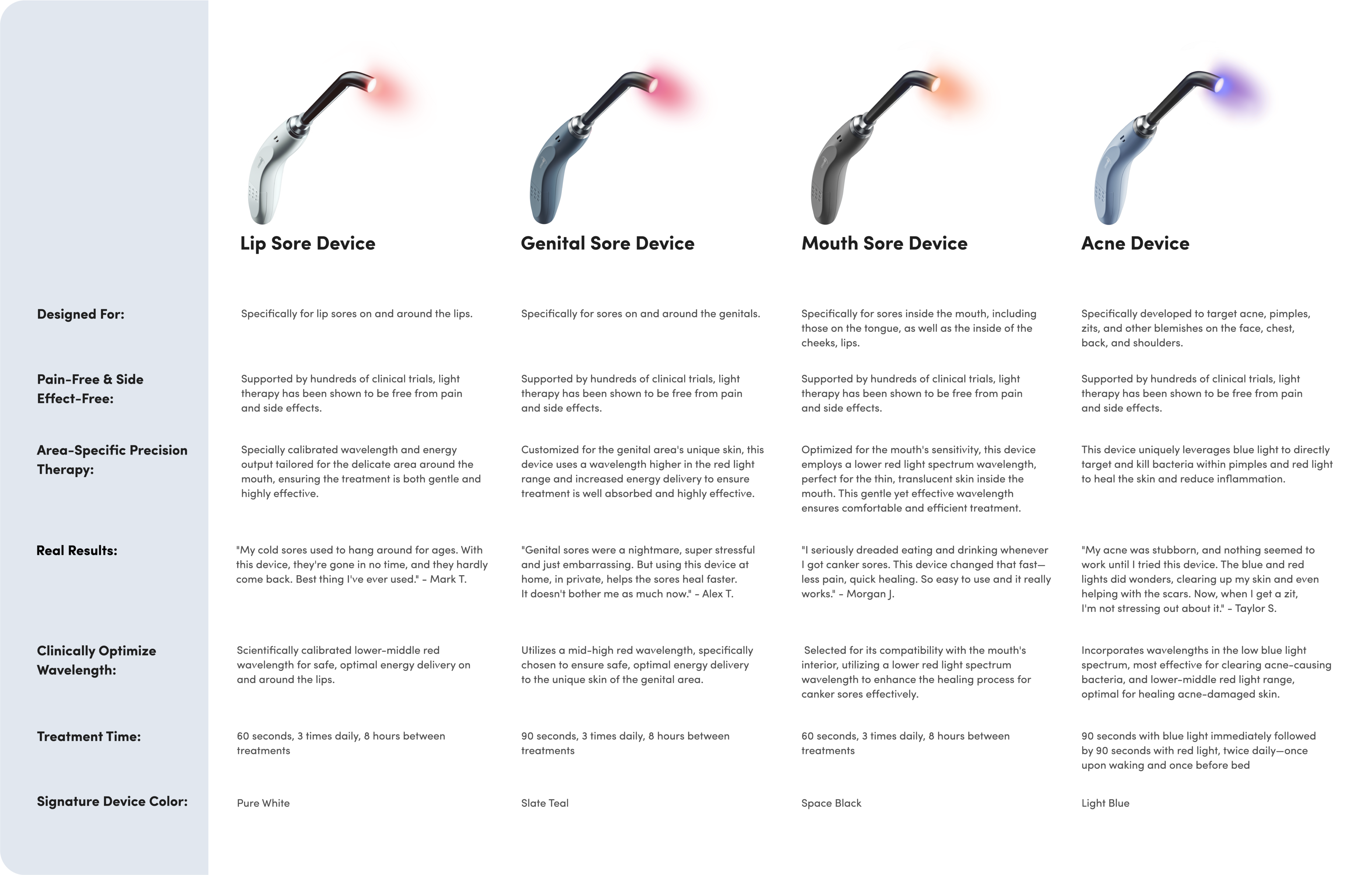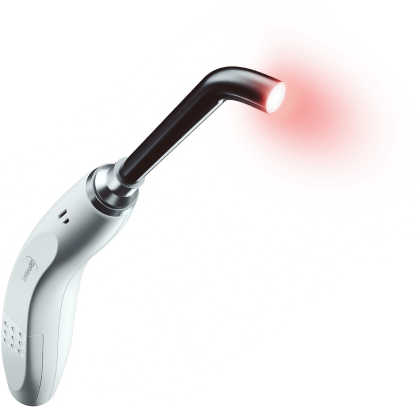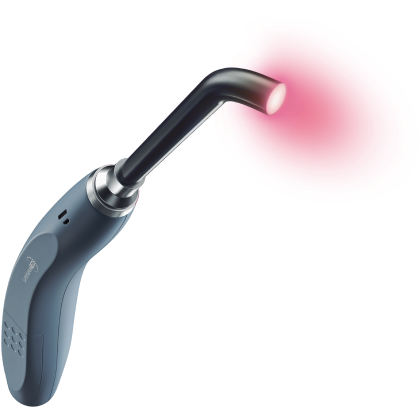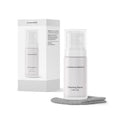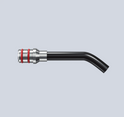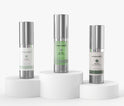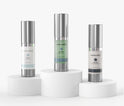Acne vs. Pimples: How to Tell the Difference

There’s something new on your face — something unwelcome and not at all what you were expecting when you consulted the mirror this morning.
Maybe it’s red. Maybe it’s swollen. Perhaps it’s even painful and tender to the touch. All good information to have, but what is it?
Of course, acne is always a suspect. Acne is a common skin condition that causes several types of lesions, including pimples. However, you can develop pimples without having full-blown acne.
To help you determine what you’re dealing with, we’ll look at the difference between acne vs. pimples below. Then, you can decide on the best course of action for your unwelcome little friend.

Acne vs. Pimples
“Acne” is an umbrella term used in reference to several types of lesions that occur on the skin, including whiteheads, blackheads, papules, pustules, nodules, and cysts. Acne breakouts most often occur on the face, neck, back, shoulders, and chest.
“Pimple” is the informal term for certain types of acne lesions, usually appearing as raised, red bumps on the skin.
All acne, and therefore all pimples, start with clogged hair follicles.
Your hair follicles regularly deliver an oily substance, called sebum, to the surface of your skin, keeping the skin soft, smooth, and hydrated. However, excess sebum can clog the hair follicles, trapping dirt and dead skin cells in the opening. Initially, this results in what we call whiteheads and blackheads.
Often, however, bacteria from your skin enter the mix, causing an infection that your immune system hurries to combat. While important for your skin’s health, this immune response produces unsightly inflammation, redness, and swelling, resulting in papules, pustules, cysts, and nodules.
Since “pimple” is a colloquial term, it can mean different things to different people. Most often, however, it’s used to refer to these inflamed bumps when they’re filled with a little plug of pus.
To recap, how do we differentiate acne vs. pimples? Acne is a skin condition, and pimples are one of the most common symptoms associated with that condition.
Similarities and Differences
Struggling to diagnose your skin condition? Consider the following similarities and differences of acne vs. pimples.
Remember, acne is a skin condition that can appear as many physical symptoms, including pimples, which are red, raised bumps on the skin.
No matter what type of acne you have, it’s important to keep from touching it. Popping or picking at the lesions can spread the acne bacteria around on your face or introduce additional bacteria to the pimple, leading to a more severe infection. The additional trauma to the skin can also increase the chances of scarring.
The key difference between acne vs. pimples is that acne is a chronic condition. If you suffer from acne, you likely experience pimples and other types of lesions on a regular basis.
On the other hand, anyone can get a pimple, even if they don’t suffer from chronic acne. A pimple can form any time a pore clogs with an overabundance of sebum, which could happen for many reasons, including:
- Waiting too long to shower after a workout
- Exposing your skin to oily substances
- Wearing tight-fitting clothes for a long time
- Working a long shift in a physical job
- Experiencing excessive stress
- Dealing with hormone fluctuations

Pimples vs. Cold Sores
If the lesion you’re concerned about is sitting on or around your lips, you might not be dealing with a pimple.
Instead, you could have a cold sore, also known as a fever blister, a lesion caused by the herpes simplex virus. A cold sore is actually a cluster of tiny blisters that form so close together that they appear to be one large fluid-filled lesion, which can often be mistaken for a pimple.
The life of a cold sore can be broken down into five stages:
- Tingling: You feel a tingly or burning sensation before the blisters appear. This is a distinct characteristic of cold sores, as most pimples don’t cause this initial sensation.
- Blistering: Tiny, fluid-filled blisters appear on your lip or around your mouth.
- Weeping: The blisters break open, and the fluid inside leaks out.
- Crusting: The broken blisters scab over to protect the lesion while it heals.
- Healing: The scab falls off, and the skin is fully healed.
Cold sores can form directly on the surface of the lips, unlike pimples, which can only appear on the edge of the lips or around the mouth where hair follicles are present.
If you examine your lesion closely, you should be able to tell a cold sore from a pimple based on its appearance. A cold sore is a cluster of small blisters that contain a clear or nearly clear fluid. A pimple is a single raised bump, often containing white or yellow pus.
What Else Could It Be?
If comparing acne vs. pimples and pimples vs. cold sores gets you nowhere, you could be dealing with a different skin condition altogether.
Your lesion could be:
- Angular cheilitis: This condition is characterized by red patches of skin at the corners of the lips. It’s easy to confuse with a cold sore, but it doesn’t cause fluid-filled blisters. It’s also not contagious.
- Vitamin B12 (B9) deficiency: If your diet lacks foods that contain folate (folic acid), you may see blisters or sores on your mouth. You’ll likely also notice more serious symptoms, such as fatigue and weakness.
- Gingivostomatitis: This mouth infection leads to sores that can resemble cold sore blisters, but they occur on the inside rather than the outside of the mouth. Gingivostomatitis is often the result of poor dental hygiene.
- Ingrown hair: An ingrown hair is a hair growing back into the skin, which can lead to inflammation, irritation, redness, and swelling.
- Canker sore: Like a cold sore, a canker sore is a painful ulcer. However, it can only form on the soft tissues inside, rather than outside, the mouth. It does not contain pus; instead, it appears as a red- or pink-rimmed circle with an open white or off-white center.
- Chapped lips: Signs of dry lips usually occur all across the surface of the lips, not just in one spot. Excessive dryness can lead to chapping, cracking, and, in extreme cases, bleeding.
Excessive sun exposure can also irritate the delicate skin of your lips. When you’re slathering on sunscreen, don’t forget to keep your lips protected using an SPF lip balm.
Acne vs. Pimples: Final Thoughts
We’ve considered acne vs. pimples, pimples vs. cold sores, and many other skin conditions. Now you’re armed with the knowledge you need to diagnose that pesky new lesion around your lips or on your face!
If your symptoms don’t resolve within a few weeks, consult your doctor or dermatologist. This is especially important if you have other worrying symptoms, such as fever, fatigue, weakness, headache, swollen lymph nodes, dizziness, or depression.



